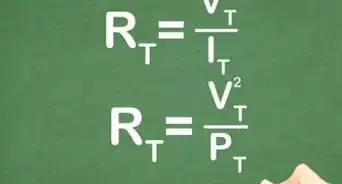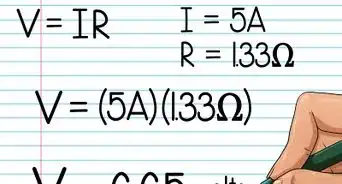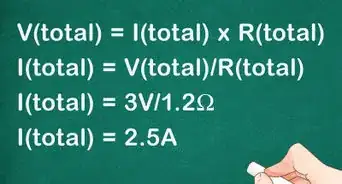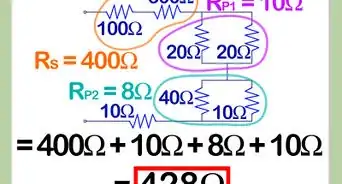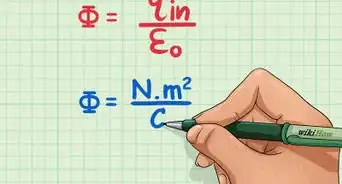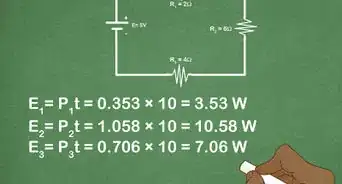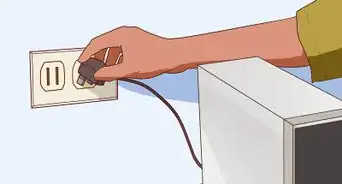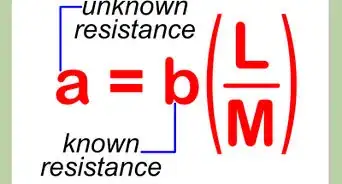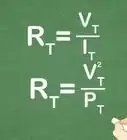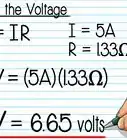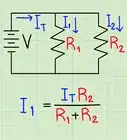wikiHow is a “wiki,” similar to Wikipedia, which means that many of our articles are co-written by multiple authors. To create this article, volunteer authors worked to edit and improve it over time.
wikiHow marks an article as reader-approved once it receives enough positive feedback. In this case, 95% of readers who voted found the article helpful, earning it our reader-approved status.
This article has been viewed 28,544 times.
Learn more...
In electrodynamics, Maxwell's equations, along with the Lorentz Force law, describe the nature of electric fields and magnetic fields These equations can be written in differential form or integral form. Even though the two forms are completely equivalent, most students first learn the integral form because it is more applicable to volumes and fluxes, and thus more useful for calculations.
Steps
Gauss' Law
-
1Begin with Gauss' law in integral form.
-
2Rewrite the right side in terms of a volume integral.Advertisement
-
3Recall the divergence theorem. The divergence theorem says that the flux penetrating a closed surface that bounds a volume is equal to the divergence of the field inside the volume.
-
4Use the divergence theorem to rewrite the left side as a volume integral.
-
5Set the equation to 0.
-
6Convert the equation to differential form.
- The above equation says that the integral of a quantity is 0. Because the only quantity for which the integral is 0, is 0 itself, the expression in the integrand can be set to 0.
- This leads to Gauss' law in differential form.
- The above equation says that the integral of a quantity is 0. Because the only quantity for which the integral is 0, is 0 itself, the expression in the integrand can be set to 0.
Gauss' Law for Magnetism
Faraday's Law
-
1Begin with Faraday's law in integral form.
-
2Recall Stokes' theorem. Stokes' theorem says that the circulation of a field around the loop that bounds a surface is equal to the flux of over
-
3Use Stokes' theorem to rewrite the left side as a surface integral.
-
4Set the equation to 0.
-
5Convert the equation to differential form.



























